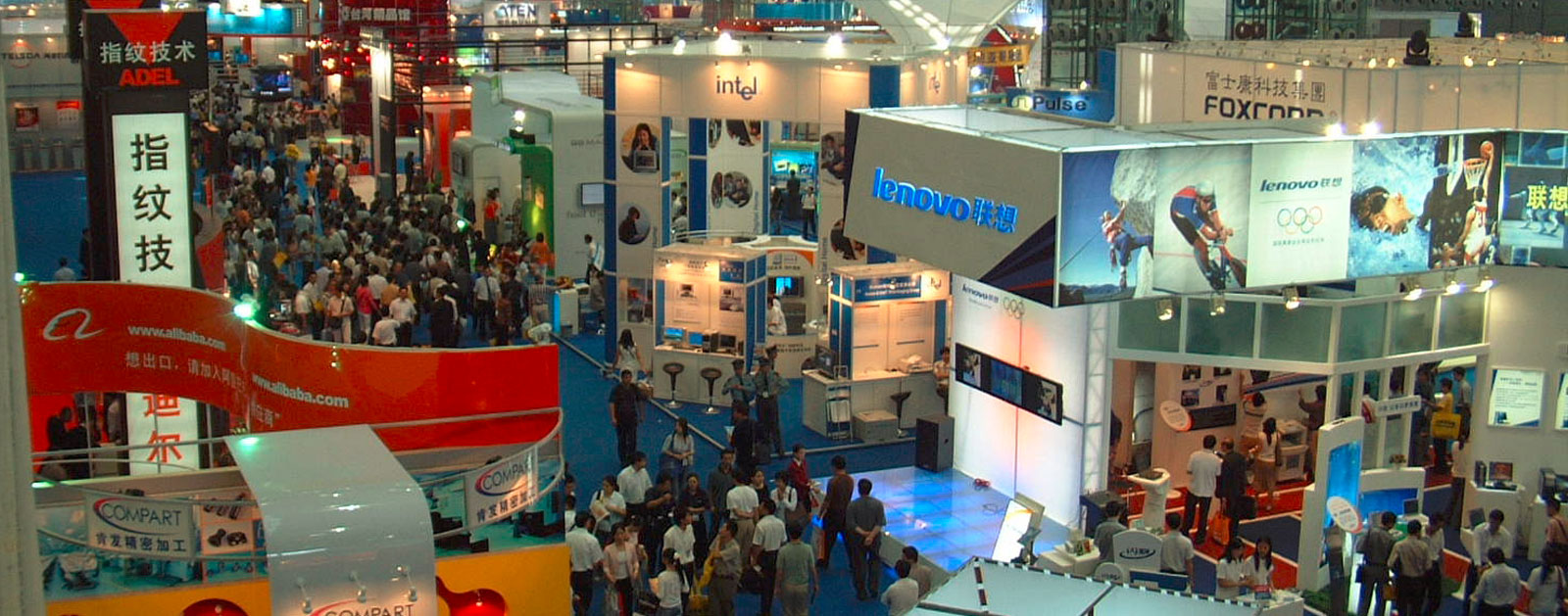
There is a lot going on in trade relations between the United States and China recently. Sanctions and threats of sanctions, then sanctions withdrawn. There has also been a great deal of finger pointing and accusations from both sides, all while those most affected by sanctions—you and me—are rarely heard from. From steel workers to dock workers to soybean farmers, everyone is affected when great powers collide. But one thing is certain: It’s a global economy, and like it or not, kick and scream all you like, we are in it up to our ears.
Amidst all the noise, there hasn’t been a lot of talk about the quality of the products themselves. What is the current status of the quality of Chinese goods? What does “Made in China” mean today? What were the drivers for past quality, and what are the drivers for current quality? Do we want those products or not?
From May 29, 2018, to May 31, 2018, Quality Digest discussed those topics and looked at trade with China from an historical, economic, and political viewpoint, all under the umbrella of quality. You can link out to all those articles using the navigation to the right.
In addition, Quality Digest CEO Jeff Dewar, publisher Mike Richman, and editor in chief Dirk Dusharme recently recorded a roundtable video discussing what they learned in this deep dive into Made In China: From Scary Bad to Scary Good.
…
Add new comment